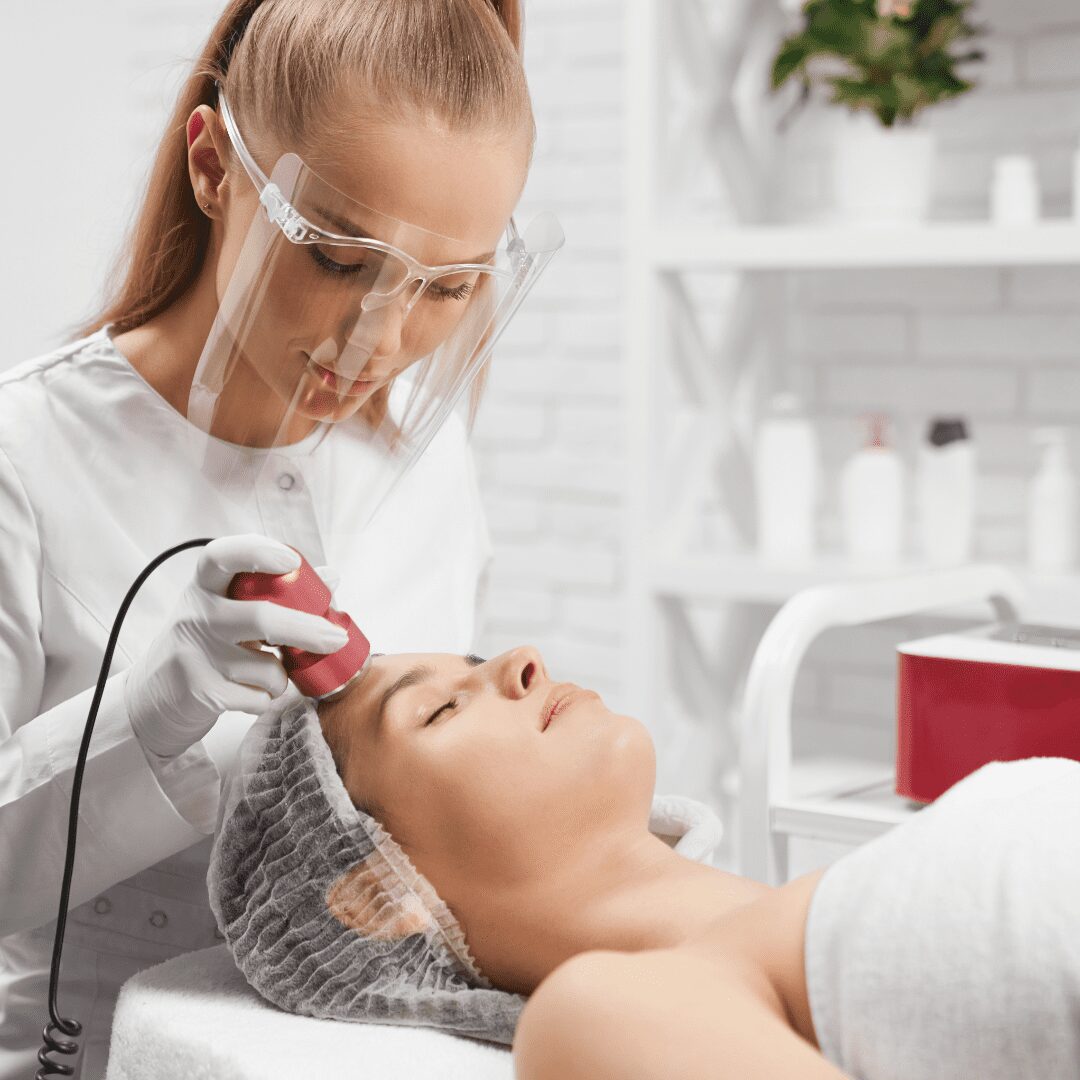
Celebrate National Aesthetician Day by Reforming Licensing Laws
Taxpayers Protection Alliance
October 20, 2023
This past Sunday (October 15) was National Aesthetician Day. The makeshift holiday has been celebrated since 2016 to celebrate the “millions of aestheticians across the globe who work … so that we can look our best.”
Aestheticians typically specialize in near-medical skin care practices and are responsible for a variety of procedures. One common aesthetician procedure is microneedling. Microneedling is a non-invasive procedure using thin needles in the top lawyer of skin to stimulate the healing process. Despite the lower stakes of the practice compared to a true medical procedure, some federal and state policies have been established to regulate the industry and those who can partake in it.
While in certain professions – like medical doctors – the benefits of licensing requirements likely outweigh the costs, others are in dire need of reform. Implementing stringent occupational licensing for aestheticians do not serve to benefit consumers and are – in many ways – impractical. State variations in licensing laws – from training requirements to scope of practice restrictions – create a myriad of confusion and barriers for practicing aestheticians nationwide.
An August market research report estimated that the global microneedling industry is expected to exceed $1.1 billion by 2031. Increased consumer awareness and technological advances have helped to increase the demand for microneedling “and other non-invasive or minimally invasive services which is likely to boost the market growth.”
In individual states, who can and cannot perform microneedling procedures varies widely.
A handful of states, including Arizona, Nevada, and North Carolina, allow for aestheticians (or master aestheticians) to perform microneedling procedures. Some states, however, are far more restrictive and have deemed the process a medical procedure.
In California, microneedling is not within the “scope of practice” and aestheticians cannot provide microneedling of any kind. The California State Board of Barbering and Cosmetology even visits medical spas and “discipline[es] … aestheticians engaged in microneedling.” Ohio has similar regulations with microneedling falling “within the scope of practice of medicine.”
Other states require additional licenses. In Florida, aestheticians seeking to perform microneedling procedures are classified as “forms of tattooing,” and require such procedures to take place in a licensed tattoo establishment.
Federally, the U.S. Food and Drug Administration (FDA) distinguishes between microneedling products and microneedling devices, furthering confusion surrounding what is and is not regulated.
For example, FDA-authorized microneedling devices have been approved as “medical devices for use in specific parts of the body … [to] improve the appearance of facial acne scars, facial wrinkles, and abdominal scars in patients aged 22 years and older.” Microneedling products – which don’t require FDA authorization or approval to come to market – do “not have longer needles or sharp needs that penetrate the skin and only claims to facilitate exfoliation of the skin or improve the appearance of the skin.”
Microneedling is just one procedure that is plagued by burdensome and varying occupational licensing laws, scope of practice restrictions, and federal red tape.
Aestheticians are in demand. The job market is expected to grow by 17 percent from 2018 to 2028. The patchwork of rules and regulations severely limits this growing economy. Restructuring and harmonizing scope of practice laws and/or establishing reciprocity among the myriad of state regulations are only a handful of reforms policymakers can make to not only celebrate National Aesthetician Day, but alleviate burdens for these professionals.
Lindsey Stroud is Director of TPA’s Consumer Center.
